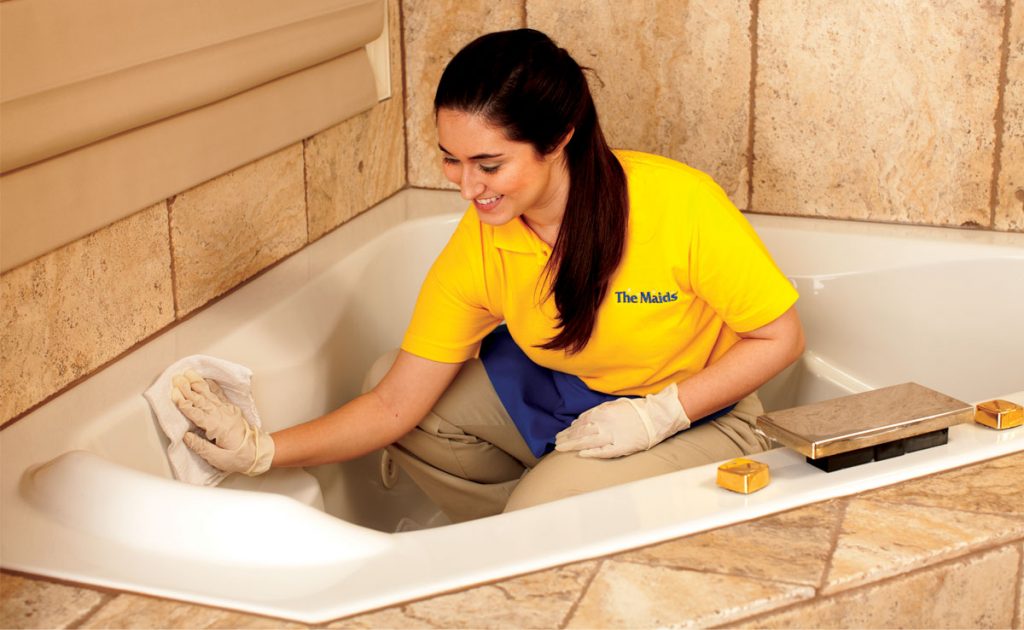The better to wash an acrylic bath at home
How to wash an acrylic bath? Such a question arises from housewives who purchased a sanitary ware from this material, or else, it was covered with it during restoration. In any case, the products used for cleaning enamel are not suitable for caring for this polymer, you can easily damage the capricious surface, which means you have to be more careful when choosing.
Folk remedies
There are a number of substances that are in almost any home and they are suitable for cleaning acrylic surfaces:
It is recommended to be used to remove limestone deposits. It is enough to fill the bath with hot water, pour in a bag of acid, mix and leave for a couple of hours. Then, the water descends, and the surface of the bowl is washed with jets of water, it should be wiped with a cloth so that there are no streaks left.
If you carry out such cleaning at home once every 10-12 months, then you can do without special products sold in stores.
With significant contamination, the dosage of acid should be increased to 3 sachets. But, such a procedure is considered aggressive and is carried out only if there is a special need for it.
- Toothpaste
To combat rust and lime, such an original remedy will not work, but it can be used to remove minor stains on the bath. The paste is applied to the brush, you can use a toothbrush and rub the desired area. After it is washed off with water.
- Soda-soap solution
An acrylic bathtub is best cleaned with baking soda, which is a weak alkali that cannot damage the material. A mixture should be prepared from soda and soap, applied to contaminated areas and left for half an hour. After, the solution is washed off, if necessary, you can walk with a sponge or brush with soft bristles.
Also, you can make a slurry of soda and a small amount of water, which covers the walls of the bath. After 20 minutes, it is removed with a damp sponge.
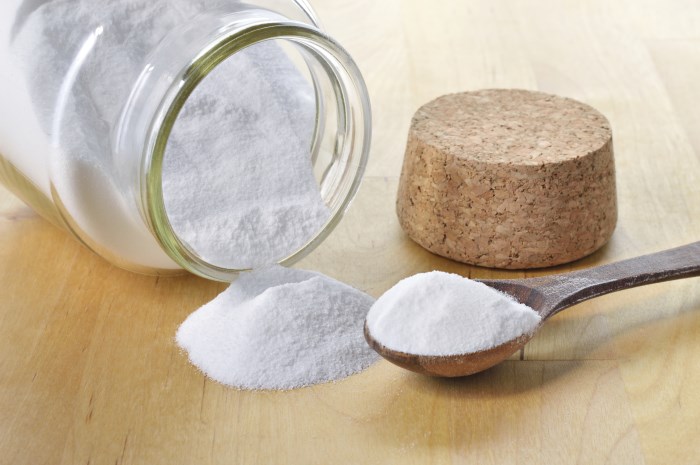
A similar tool is suitable if you need to clean the bath from fresh stains and minor plaque.
- ammonia and hydrogen peroxide
With the help of this mixture, you can get rid of limescale, rust and yellowness. Liquids are mixed 1:1, they are impregnated with a cloth or sponge and wipe the surface of the bowl.
- Salt
To clean an acrylic bath, if there is old rust, you can use ordinary fine salt. It is poured onto the surface of a sponge, moistened with water and rubbed off stains. But, it should be remembered that salt is an abrasive, which means that it is advisable to act very carefully.
Such a substance allows you to clean very strong dirt from the surface of the acrylic bowl. It will take 1 liter of vinegar, which is poured into a bath filled with warm water. The product is left for 10-12 hours, it is possible for the night, and then drained and rinsed. This method is not recommended unless there is a special need.
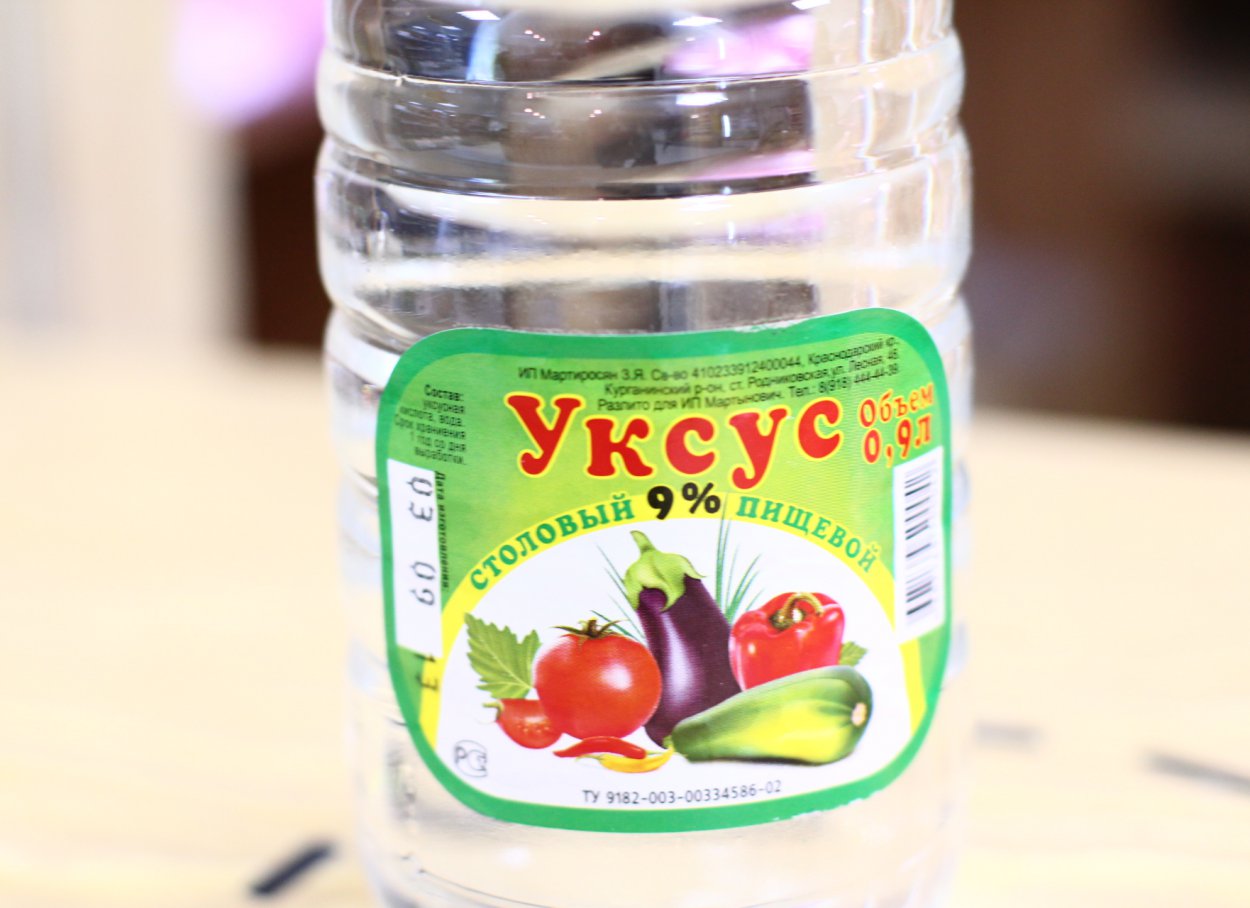
Also, you can pour baking soda on a pre-moistened surface, and after 15 minutes pour a 9% vinegar solution. Dirt is brushed off.
- Lemon juice
Allows you to remove rust from the surface. Freshly squeezed liquid is applied to the stain, wait about 15 minutes and rinse with warm water.
Acrylic bath disinfection
The bathroom is a room with high humidity, in which fungi and mold often appear, therefore, mandatory disinfection is an important point. The bath bowl also needs annual processing. You can disinfect an acrylic bathtub as follows:
- the bowl is filled with water at a temperature of 20-25°C;
- pour one package of detergent with a disinfectant effect, for example, Ravak;
- water with a cleaning composition should be mixed and left for 10 minutes;
- after the specified time, the water is drained, the bowl is rinsed;
- the last step is to dry the walls of the tub.
The procedure requires the use of protective gloves. After the event, the bathroom should be thoroughly ventilated.
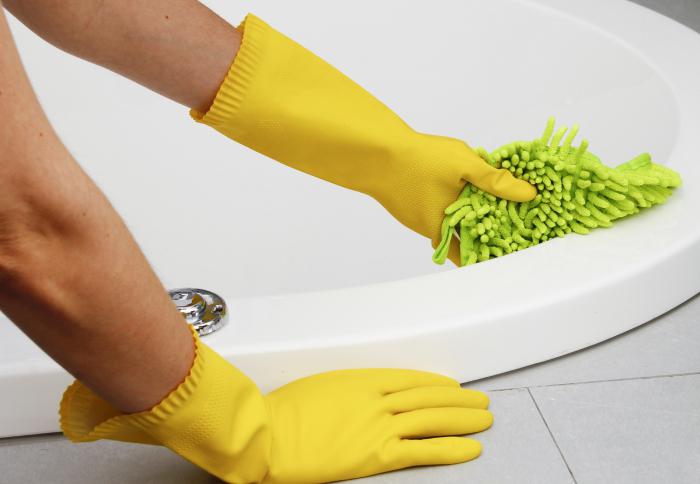
Special care products for acrylic
If the hostess decides to use cleaning products purchased at the store, then it should be borne in mind that it is impossible to wash a bathtub covered with acrylic with compositions for ordinary surfaces.
But, modern chemical industries offer a wide range of special products designed to care for acrylic surfaces. The compositions gently act on the material, eliminating stains and smudges and at the same time, do not damage it. Most often, they have a cream or gel consistency. Popular cleaning products include:
- Acrylan - provides comprehensive care - fights even with old stains, disinfects, forms a protective layer on the walls of the bathtub that does not allow bacteria to accumulate;
- Cif (cream, spray, paste) - a universal remedy that is distinguished by its careful attitude to delicate polymers and high efficiency;
- Mr. Cleaner is an inexpensive cleaning fluid that can remove limescale and rust.
- Tim-profi is a modern disinfectant that removes plaque and dirt of any complexity, gives the surface to be cleaned shine, eliminates unpleasant odors;
- RAVAK Turbocleaner - to dissolve lime deposits, it is enough to apply the composition and wait;
- San Clean - refers to multifunctional compounds that are effective in combating various mineral deposits.
- Triton is a disinfectant, recommended for use if care and cleaning of an old bathtub with old dirt is required.
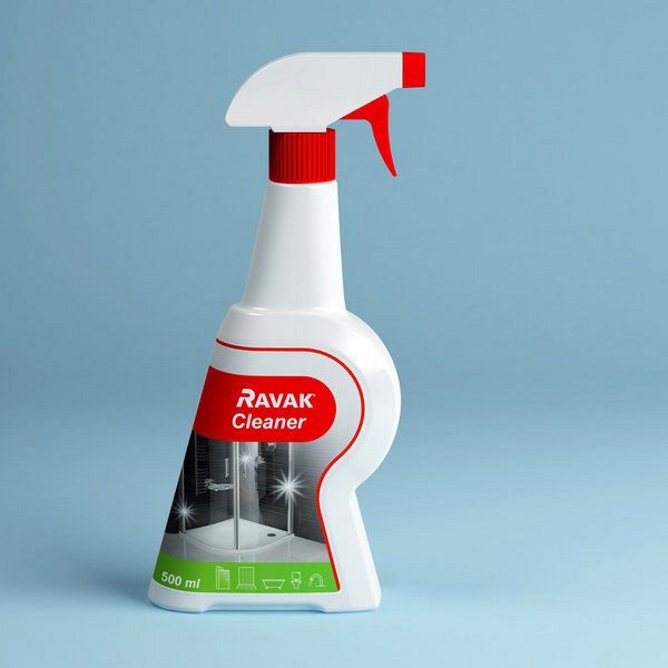
The gel or cream is applied to a sponge or napkin, which is used to wipe the bath bowl. It is advisable to leave the product for 5-7 minutes, and then rinse with plenty of water and wipe dry.
Features of the care of an acrylic product
Proper care of the acrylic bath will increase the life of the product and preserve its aesthetic appearance for a long time. In addition, if you choose the right product and use it regularly, the bowl will shine white, without smudges, plaque, cracks and scratches.
Rinse the bathtub after each use and wipe it with a dry cloth. If there are no persistent contaminants, then you can wash the acrylic bathtub with ordinary laundry or baby soap, dishwashing liquid. Also, you can add washing gel or a little powder to warm water, dissolve it, treat the walls of the bowl with the resulting foam and rinse with water.
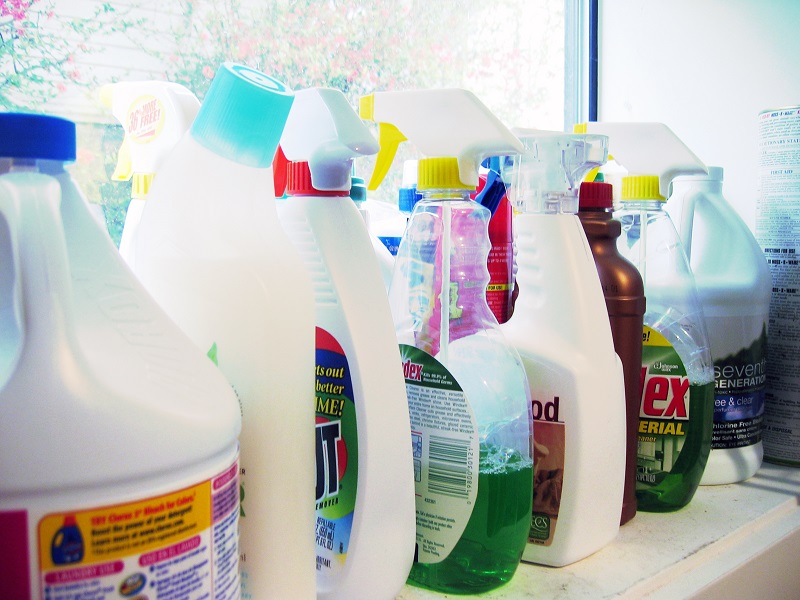
To restore the shine of the polymer surface, you can take a soft cloth, saturate it with a wax-based polish and rub the sides of the bowl.
One caveat - although acrylic is durable, it is a thermoplastic that is unstable to high temperatures.
With an individual water heating system, boiling water should not be allowed to enter the bath, otherwise the surface will be deformed.
How can you clean acrylic surfaces?
In order for the sanitary ware to serve for a long time, it should be borne in mind that there are many products that cannot be used to clean acrylic surfaces. You can spoil the bath by using the following substances and compositions:
- washing powder in dry form, without prior dissolution in water - its granules are capable of leaving microscopic scratches on the surface;
- scouring powders with abrasive particles;
- chlorine-containing products - after the first application, the walls of the bowl may become cloudy; in the future, chlorine begins to corrode the synthetic polymer, it becomes porous, loses its gloss, becomes rough;
- solvents containing acetone - an aggressive substance will not only cloud the surface, but will immediately corrode the acrylic;
- bleaches and other chemicals containing ammonia - this substance is less hostile to polymers, however, it is also capable of destroying their structure;
- means with a toxic component of formaldehyde - a gas that was dissolved in water and was previously used in the chemical industry, is incompatible with acrylic.
Also, concentrated alcohols, acids, alkalis are not suitable for processing this material.
